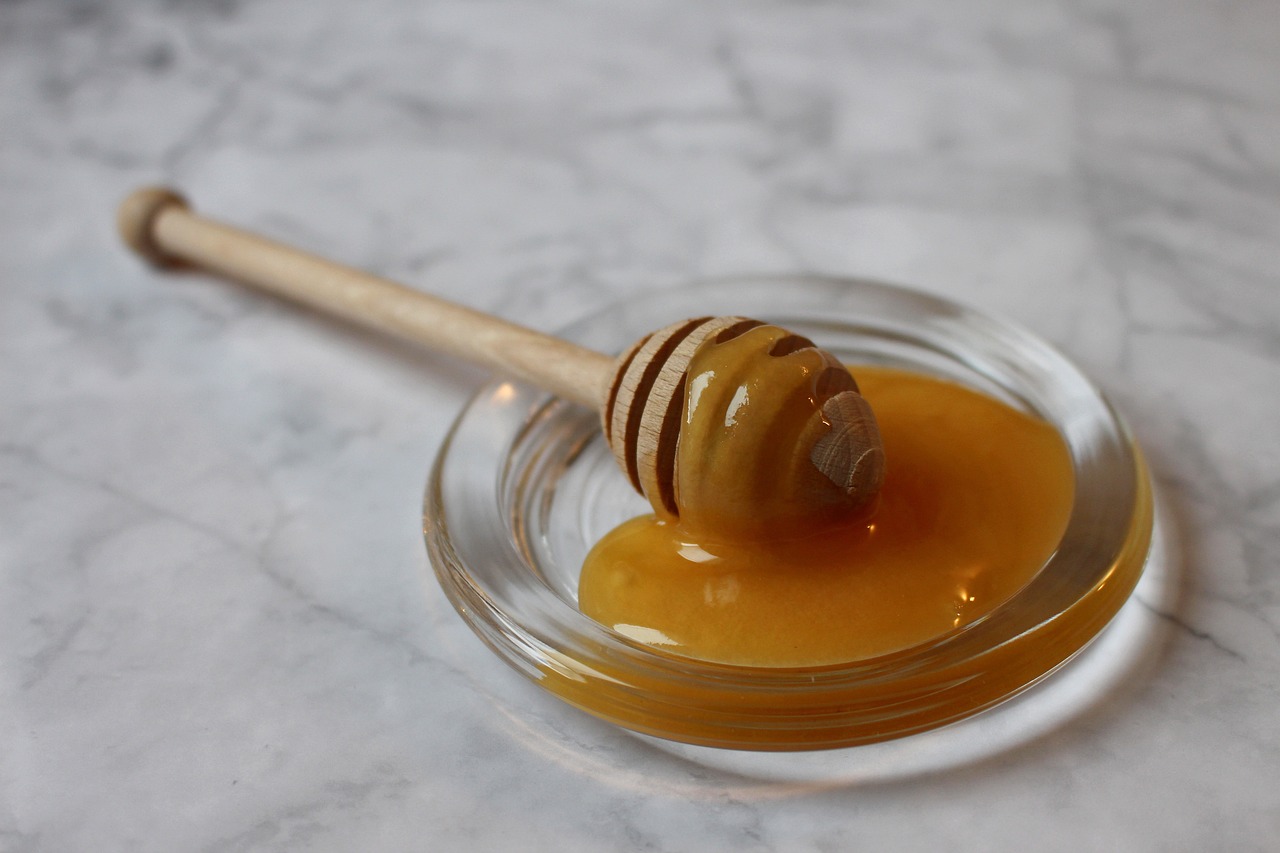Introduction:
Fluids, substances that flow and take the shape of their containers, are an integral part of our daily lives. Most fluids, like water and air, adhere to the well-known laws of Newtonian physics, exhibiting a constant viscosity regardless of applied stress or shear rate. However, a special class of fluids, known as non-Newtonian fluids, defies these conventional rules, presenting unique and intriguing flow behaviors.
Classification of Non-Newtonian Fluids:
Non-Newtonian fluids can be classified into different categories based on their distinctive flow properties.
Shear-Thinning (Pseudoplastic) Fluids: These fluids exhibit a decrease in viscosity as the shear rate increases. Think of the frustration of waiting for ketchup to flow from the bottle; it becomes thinner and more manageable as you apply force.
Shear-Thickening (Dilatant) Fluids: In contrast, shear-thickening fluids become more viscous as the shear rate increases. A playful example is the mixture of cornstarch and water, often referred to as oobleck, which can behave like a solid or a liquid depending on the applied force.
Bingham Plastic: Bingham plastic fluids behave like a solid until a certain stress or shear rate is applied. Toothpaste is a classic example; it maintains its shape until pressure is exerted, after which it flows like a viscous fluid.
Thixotropic Fluids: Thixotropic fluids undergo a decrease in viscosity over time when subjected to constant stress or shear rate. Printer inks and certain gels display this intriguing property.
Applications of Non-Newtonian Fluids:
The unique flow behaviors of non-Newtonian fluids find applications across various industries:
Food Industry: Many food products, such as ketchup, mayonnaise, and certain sauces, exhibit shear-thinning behavior. Understanding and manipulating the rheological properties of these fluids are crucial in food processing to ensure desirable textures and consistencies.
Consumer Products: Non-Newtonian fluids are prevalent in everyday consumer products. Toothpaste, with its Bingham plastic behavior, maintains its shape in the tube but becomes flowable during brushing.
Industrial Processes: In industries like pharmaceuticals and cosmetics, the use of non-Newtonian fluids is common. Tailoring the viscosity of these fluids allows for precise control in manufacturing processes.
Specialized Applications: Beyond everyday products, non-Newtonian fluids are employed in specialized applications. Shear-thickening fluids, for instance, are explored for impact-resistant materials and body armor.
Conclusion:
The study of non-Newtonian fluids adds a layer of complexity to our understanding of fluid dynamics. From playful mixtures like oobleck to essential products like toothpaste, these fluids showcase a fascinating range of behaviors that can be harnessed for practical applications. As researchers delve deeper into the intricacies of non-Newtonian fluids, we can anticipate further innovations and advancements across a spectrum of industries, leading to improved products and processes in our daily lives.















